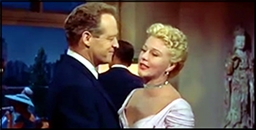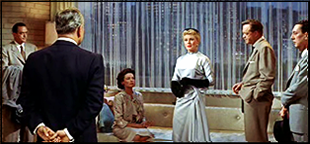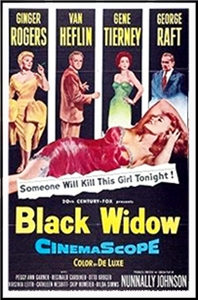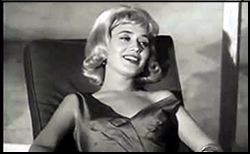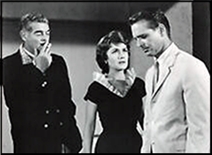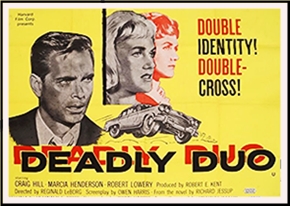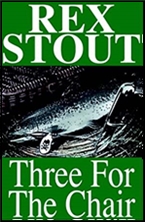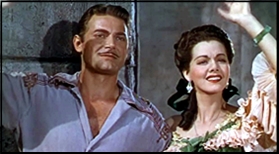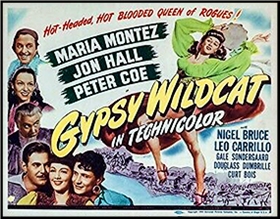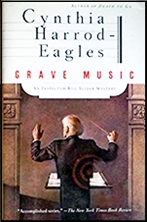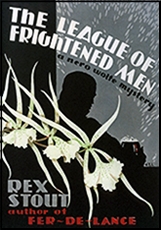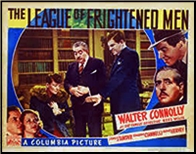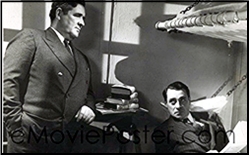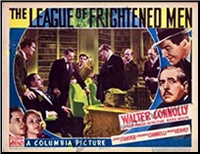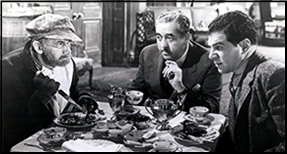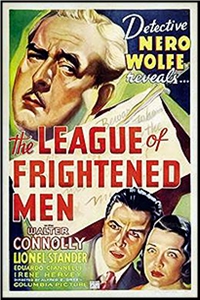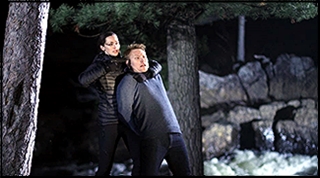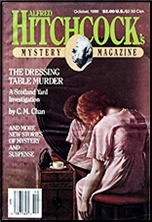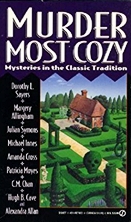Tue 19 May 2020
Locked Room Pulp PI Stories I’m Reading: RICHARD DEMING “The Juarez Knife.â€
Posted by Steve under Pulp Fiction , Stories I'm Reading[7] Comments
RICHARD DEMING “The Juarez Knife.†Novella. Manville Moon #1. First published in Popular Detective, January 1948. Available as an individual story in a Kindle edition (Wildside Press, 2018).

Not only is this Manny Moon’s first appearance in print, it’s also Richard Deming’s first published work of crime or mystery fiction. Not only did he go on to write hundreds of short stories for the pulp and digest magazines, but he was also the author of dozens of hardcover novels, including three featuring the same Manny Moon, known best perhaps as the private eye with only one leg.
And in “The Juarez Knife†we learn that he lost the portion of it below the knee in the war, and that to replace it, he’s been fitted with a “cork, aluminum, and leather contraption†that when he tries to get up suddenly at night without it, he finds himself “lying half under the bed on a bruised right elbow.â€
The call is from a semi-crooked lawyer who has a job for him. “Semi-crooked†is my term for him, since he has been indicted once, but nothing more. When he gets to the gent’s office, a young girl goes in before him. When he is called in, the girl has gone out a side door, but his would-be employer is lying across his desk dead, with a knife in his chest.
As it so happens, the door the girl went though was under watch, and she is the only one who came out. The windows are open, but the ledge outside is too narrow for anyone to have used it, and it’s fourteen stories up. Moon takes her on as a client anyway. He believes she is innocent simply on the fact that after leaving the office she calmly went on to a previously scheduled hairdresser appointment.
You do not expect stories tin pulp magazines to be traditional locked room mysteries, but this is a good one, and it’s fairly clued as well. The only problem is that the real killer could only be one person, and sure enough, he/she is. Beside the three Manny Moon novels, there were eighteen novelettes and short stories in which he appeared. They’ve never been collected, as far as I know, but a number of them are now available in Kindle format, reasonably priced at only 99 cents each.

